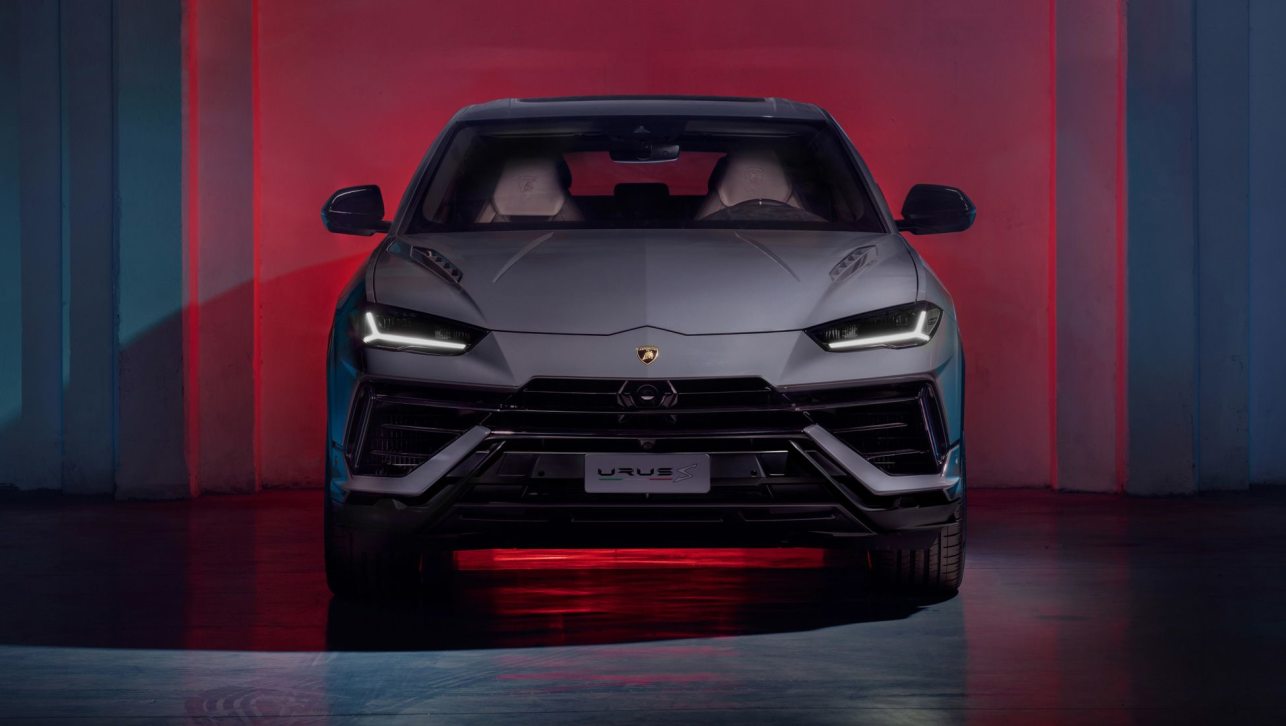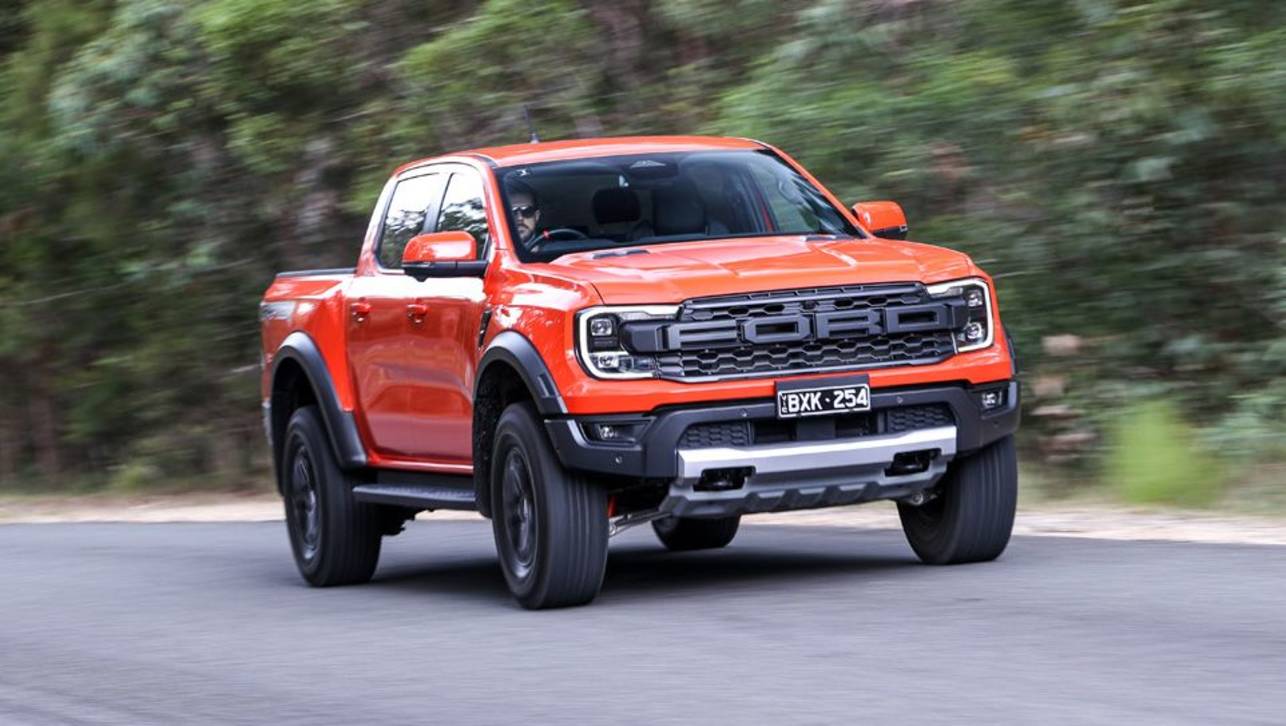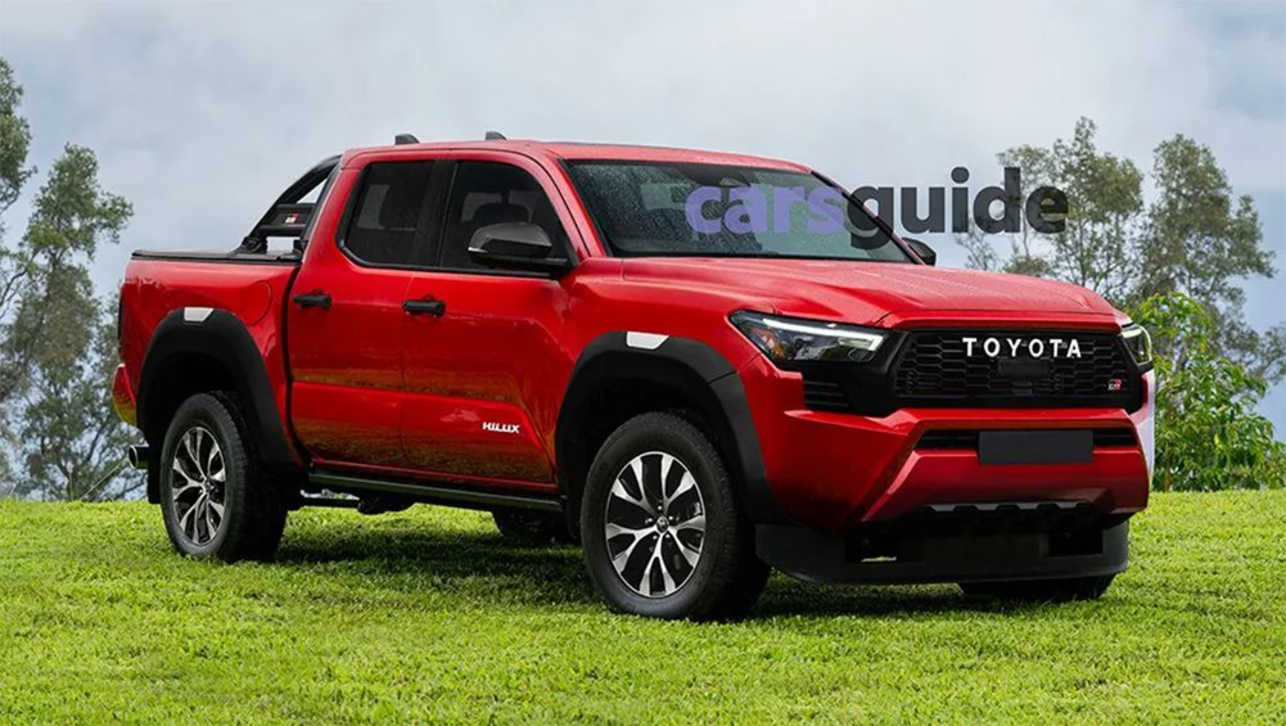Ford Australia has confirmed its new Ranger Raptor performance flagship will not be equipped with auto emergency braking (AEB) when it is released locally in October.
In fact, fewer than half of the forthcoming updated Ranger variants will feature AEB when they first hit Australian showrooms.
The Raptor will be by far the most expensive of the Ranger line-up, checking in at $74,990 plus-on road costs.
For perspective, the updated Wildtrack the Raptor is based on comes with standard AEB and is $11,000 less expensive at $63,990.
However, at the international launch of the hi-po pick-up in the Northern Territory this week, Ford Asia Pacific vice-president of product development Trevor Worthington said AEB would eventually become standard on all Ranger variants, including the Raptor.
"For the change that we're making with the (new Ranger), about 70 to 80 per cent of our Rangers will have AEB," he said.
"There are a couple of derivatives that we're still delivering the plan on, so we've got a firm plan to introduce AEB on all the other Rangers, and we're working on it.
"You'll notice there are some physical differences between the (updated Ranger) and the (Raptor) that we've had to do that mean (AEB) will be available in the not too distant future.
"We know how important it is. We've got lots and lots of safety features, so it'll be available soon."
.jpg)
While AEB may not be equipped from launch, the Raptor will come with a catalogue of standard driver-assist systems which includes lane departure warning, lane-keep assist, high-beam assist, driver attention alert, traffic sign recognition, cruise control, speed limiter, rear parking sensors, a reversing camera, hill-start assist, hill-descent control, trailer-sway control and roll-over mitigation.
According to Mr Worthington, it was due in part to the complexity of the vehicle that made it too difficult to incorporate AEB.
"Programs like these are very, very complex with all the technology, and there's a lot of new uniqueness with this vehicle that really means we weren't able to do it for (the first production car)," he said.
"We've got a firm plan. We're working on the plan, and we'll let you know when we've got a firm date."
"We'll be in a position next year to let you guys know when the rest of the range – the 20 per cent that don't have the feature – will get it."
As previously reported, the Raptor gets its grunt from a 2.0-litre 'EcoBlue' twin-turbocharged four-cylinder diesel engine that is capable of delivering 157kW/500Nm.
.jpg)
With its wet weight of 2404kg, the Blue Oval pick-up will complete the 0-100km/h dash in 10.5 seconds before topping out at 170km/h.
Power is sent to all four wheels using a dual-range transfer case and a 10-speed torque-converter automatic transmission.
The Raptor is designed to handle a wide range of terrains and uses Fox Racing Internal Bypass twin-tube shock absorbers front and rear.
Also distinguishing the vehicle from its siblings are 17-inch black alloy wheels with 285/70 BF Goodrich KO2 all-terrain tyres, a bespoke bodykit, high-strength steel bash plate, sheet moulded front fenders, four tow hooks, black wheel-arch extensions and heavy-duty skid plates.







.jpg)


.jpg)
.jpg)
.jpg)

.jpg)






.jpg)
.jpg)
.jpg)
.jpg)
.jpg)




Comments